In the vicinity of the Little Bighorn Cemetery, those shadows took on the forms of men, running, crouching, sprinting forward. They were right on the periphery of his vision. As soon as he turned his head to see them properly, they faded from view.
Mrs Davies heard nor saw any of this. She was already halfway down the hill, assuming that her husband was directly behind her. She turned to see him ashen-faced, staring wildly around himself.
Rushing back up, she spoke to him and it was like a switch was flicked in the scene. Jason no longer saw any of it. Still shaken, he brushed the experience off. He gushed out an excuse. Perhaps the surroundings had triggered some latent memory from Viet Nam.
But secretly, he wasn't so sure. Musing on it occupied him for the rest of the night.
The following day, the couple ventured down to where Major Reno had led his troops across the Little Bighorn River. Passing through the woodland heading into the valley, both husband and wife felt a sense of dread.
Something spooked Mrs Davies. She would not speak of it then, nor has she spoken of it to this day. She stopped on the track and refused to go down to the river.
Mr Davies had had time to assimilate the strange idea that a haunting was taking place. All of his instincts rang to leave, but it had occurred to him that he might see things that the history books left out.
He could hear the gun-shots and the screams. He distinctly made out the war-cry whoops of the Lakota and the thundering of hooves. He hurried on, until he could see the river itself.
There was a US soldier standing on the opposite bank. A sorrow faced man with a shock of red hair and a beard. He stared right back at Jason Davies, but never said a word. After a while, the apparition faded from view and Jason went back to his wife.
All discussion of what happened that day still distresses Mrs Davies. The couple don't talk about it anymore.







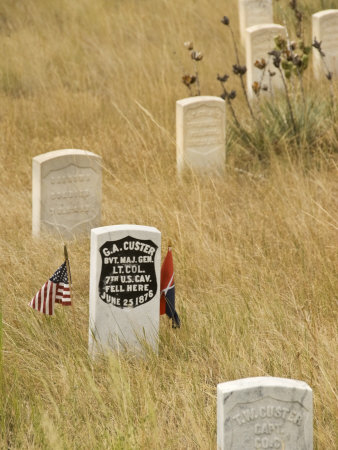







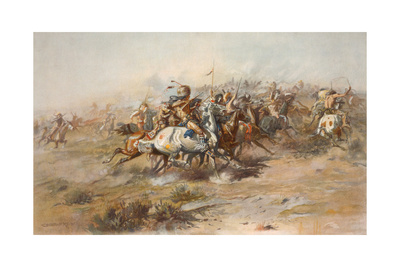

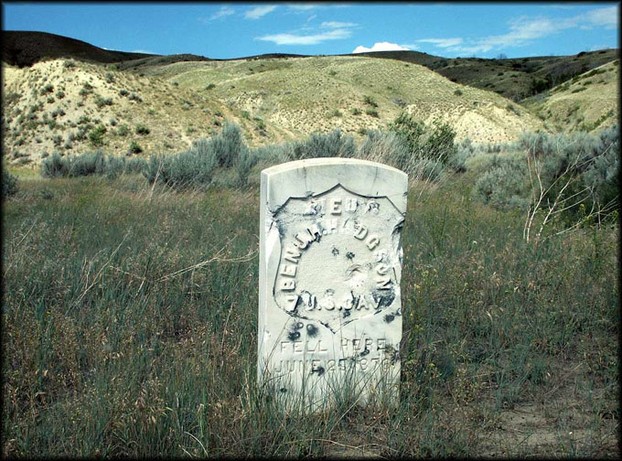
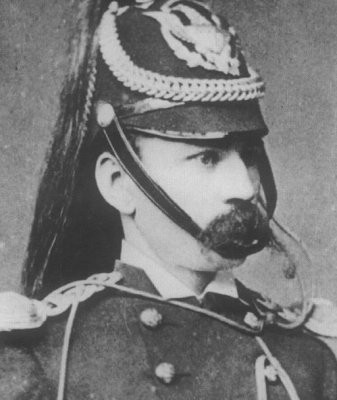










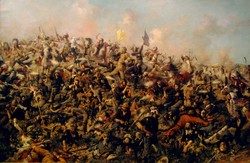

 St Tydecho's Churches in West Waleson 09/03/2014
St Tydecho's Churches in West Waleson 09/03/2014
 Goodies for an Outlander Premiere Partyon 03/06/2015
Goodies for an Outlander Premiere Partyon 03/06/2015
 Holocaust Memorial Day Interview with Rainer Höss, Grandson of Rudolf Architect of Auschwitzon 01/24/2015
Holocaust Memorial Day Interview with Rainer Höss, Grandson of Rudolf Architect of Auschwitzon 01/24/2015
 Romantic Valentine Gifts for an Outlander Fanon 01/16/2015
Romantic Valentine Gifts for an Outlander Fanon 01/16/2015

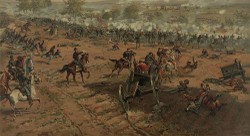
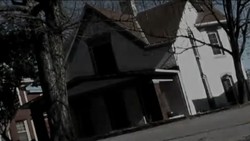
Comments
I would be fascinated to hear what your friends have told you. I have some civil war haunted battlefields in this series too. There are some downright frightening ones at Antietam and Gettysburg.
JoHarrington, You've selected interesting snippets from the intriguing repertoire of Little Bighorn hauntings. It was quite a tragic event in the history of this young country, and so it is not surprising that trapped emotions still emanate from the geography and the atmosphere.
Friends who are Civil War re-enactors have shared with me their experiences with apparitions on Virginia's battlefields, which are revered as sacred ground for the massive loss of life from both sides. According to them, the apparitions may be eerie or unexpected initially, but the re-enactors do come to expect them and understand that the intention of these misty visitors is neither mischievous nor evil.
Thank you for injecting a balanced view of the Little Bighorn, honoring both sides, into Cyberland.
Thank you very much. :)
Wonderful stories here. Great read--I was spellbound!
One day, we are really going to have to compare notes.
I've been to several battle-fields in Britain. My friends LIVE on Sedgmoor, so on the eve of every Glastonbury, I'm actually camping on that field. I wouldn't say that it's not haunted, but nothing like Culloden.
It is important to visit battlefield sites, but be aware that the experience is not always pleasant. I know this from personal experience. Be wary.
Elen - You are very welcome. If you go, have a good look around for me too!
Shonna - Ah! I was looking at the wrong one!
Frank - What I saw at Culloden was definitely a recording in the landscape. That did not make it any better to witness. Some things, you really don't want to see.
You have hit a key point, Jo, when you distinguish the landscape's recording high emotion from the sentience of spirits. Some spectral phenomena are best explained as "recordings in the stone" but others seem to be interactive and show signs that sensient beings are operating.
Hey Johnny, no, the bugle belonged to Albert Troddick.
Hey, it's Elen! Thanks so much for writing this for me. If I ever go over to those graveyards, I would want to look for ghosts and poltergeists right away! This was totally cool! Thanks again!!!!
XOXO,
Elen